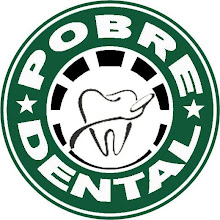 Myofunctional Appliance
Myofunctional ApplianceRemovable or fixed orthodontic appliance which use forces generated by the streching of muscle,facia or periodontium to alter Skeletal of dental relationship
Types of Myofunctional Appliance
1. Bionator: The double retainer ("bionator") covers the surface of both the upper and lower teeth and is held in place when the patient moves their lower jaw forward to bite into it. For maximum benefit, it needs to be worn for 14 hours/day for several months until the overbite is reduced. After that, it is worn only while sleeping, just like a regular retainer, in order to maintain the improvement that was achieved.
The goal is to encourage the lower jaw to grow in a more forward direction. If the upper teeth are leaning forward, it can help with this, too.
2. Frankel Appliance: Soft Tissu Borne appliance. Good in mixed dentition. Good when soft tissues significantly contribute to the malocclusion
3. Twin Block Appliance: most commonly used, consist of two separate removable appliance. It is recommended for some patients where the upper jaw is larger than the lower jaw. As a result, the upper teeth protrude ahead lower teeth.
4. Herbst Appliance: This appliance encourage the lower jaw to grow in forward direction by positioning forward and holding it there. It is also has the ability to push the upper molar backward. It is normally worn for 12 months





















